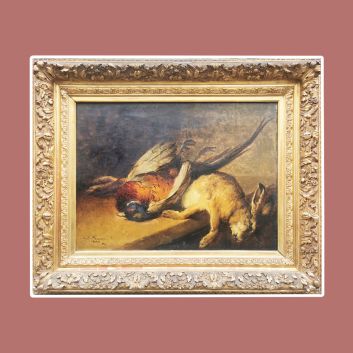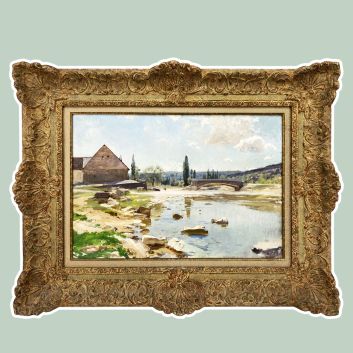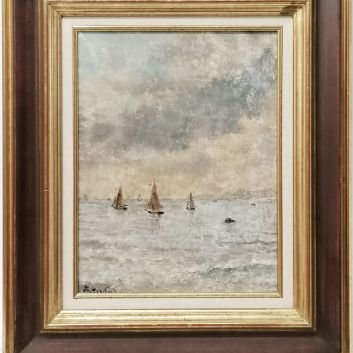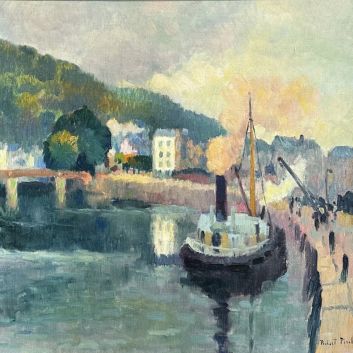Rating and value of works, drawings, paintings by Jean-Baptiste Camille Corot
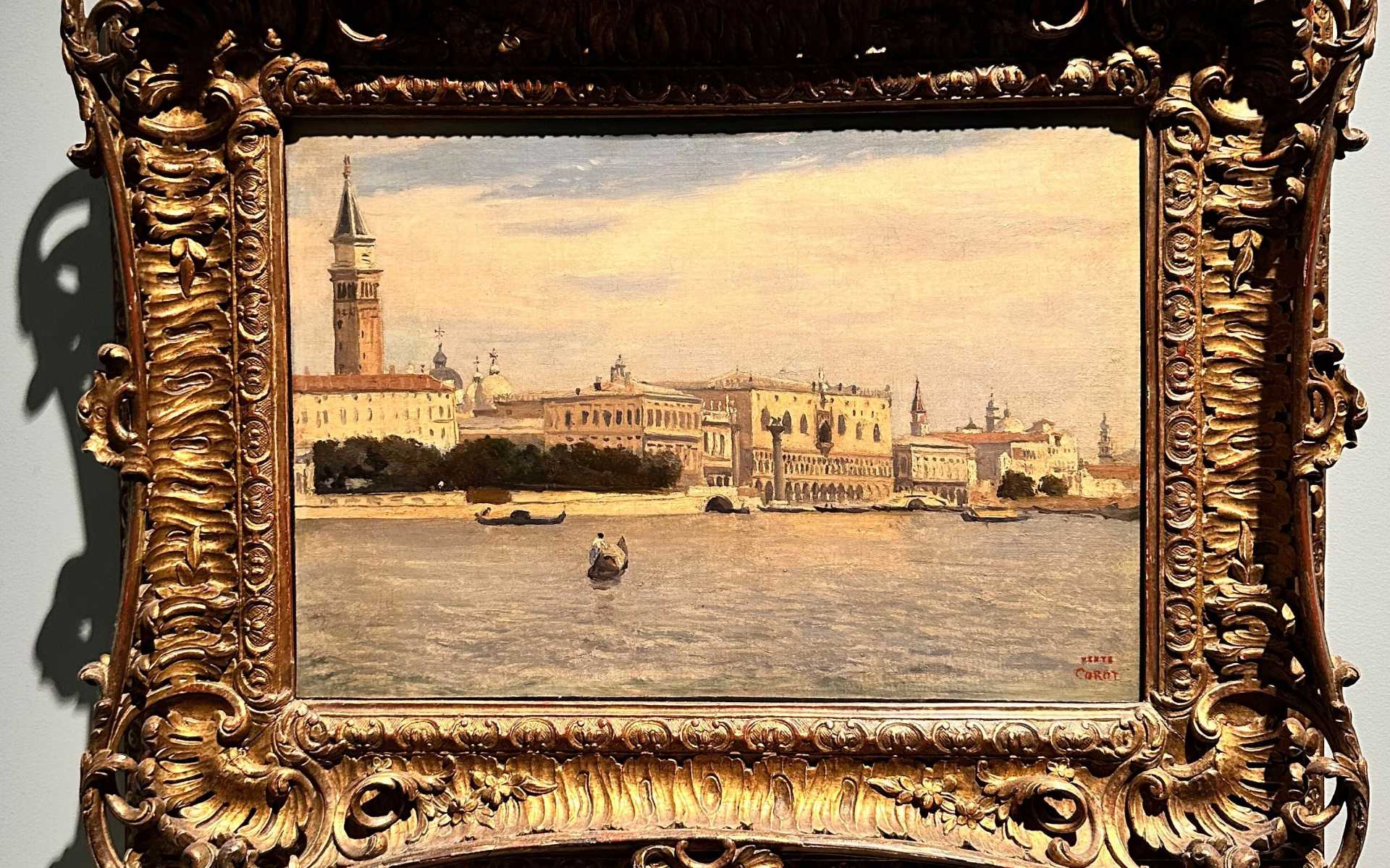
A master of the natural scene and a source of inspiration for the Impressionists, Jean-Baptiste Camille Corot (1796-1875) revitalized the traditional landscape genre. As a great traveler, this artist succeeded in freeing himself from the teachings of the École des Beaux-Arts in order to paint nature more authentically.
If you own a work by or based on the artist Jean-Baptiste Camille Corot and would like to know its value, our state-approved experts and auctioneers can help you.
Our specialists will carry out a free appraisal of your work, and provide you with a precise estimate of its current market value.
Then, if you want to sell your work, we'll point you in the right direction to get the best possible price for it.
Artist's rating and value
Jean-Baptiste Camille Corot produced a wide range of works, including paintings, watercolors and prints. He mainly depicted travel landscapes, portraits and genre scenes.
His views of Italy are particularly sought-after at auction, and can fetch several hundred million euros.
Witness his oil on canvas Venise, vue du quai des Esclavons, which sold for over €6 million at Christie's in 2018.
Order of value from the most basic to the most prestigious
Technique used | Results |
|---|---|
From €11 to €46,000 | |
Drawing - watercolor | From €250 to €205,806 |
Oil on canvas or panel | From €400 to €6,502,550 |
Response in less than 24h
Corot's style and technique
Corot, a master of artistic values, creates realistic landscapes that reflect his respect for nature. His compositions balance light and shadow, with slightly gray skies and integrated human figures.
He also excelled in delicate portraits, especially of women and children. Corot used drawing, particularly graphite and charcoal, and explored the cliché-glass technique.
From 1850 onwards, he reached artistic maturity, creating poetic landscapes inspired by his memories.
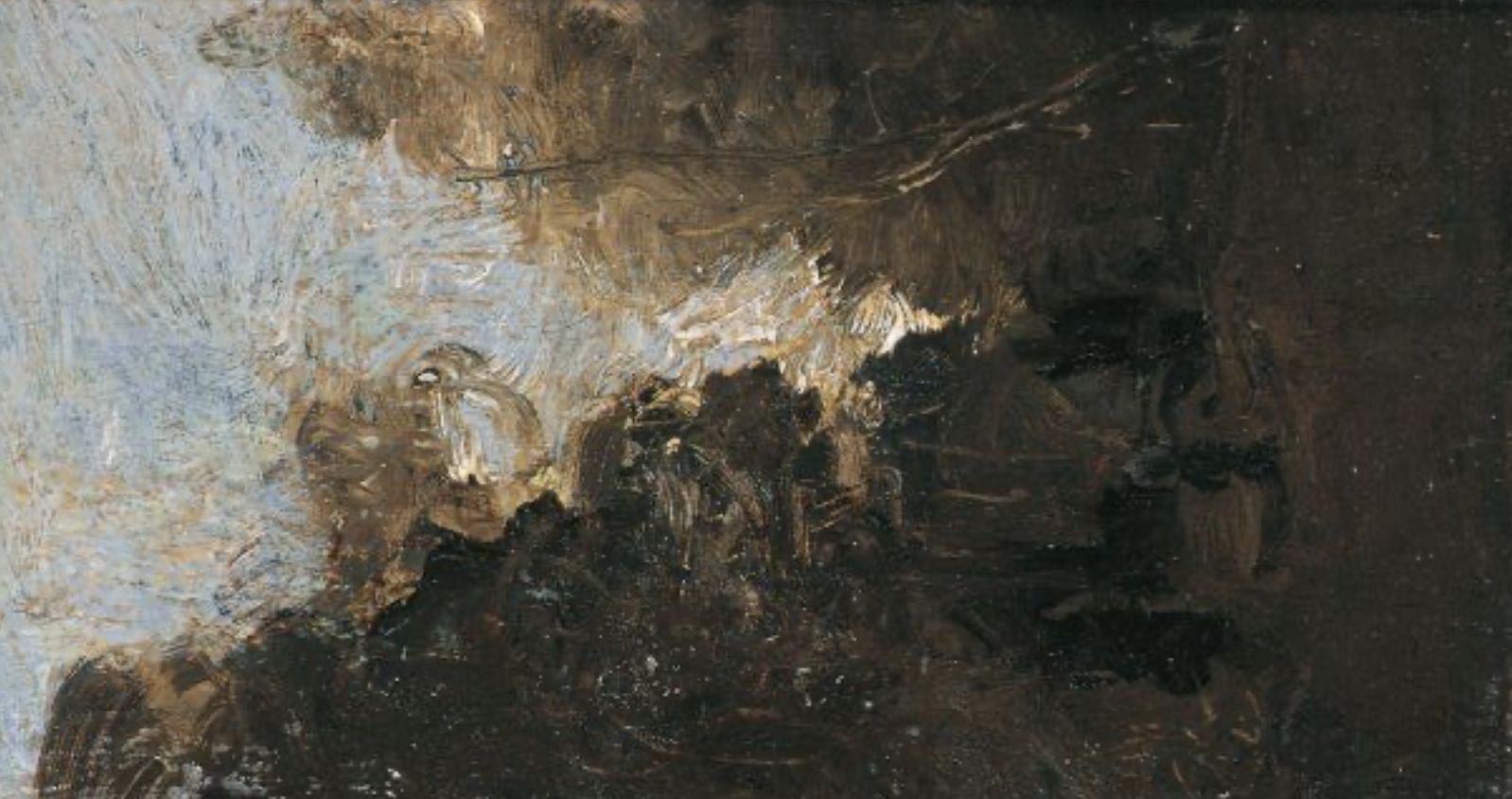
The life of Jean-Baptiste Camille Corot
Jean-Baptiste Camille Corot was born in 1796 into a wealthy family of fashion merchants. Although his father did not support his passion for painting, the young man finally managed to obtain a pension from him.
Initially apprenticed to a draper, he disliked his work and took evening classes in drawing at the Académie Suisse, quai des Orfèvres. It was these lessons that prompted him to devote himself fully to painting.
Corot soon joined the studio of Achille-Etna Michallon, who specialized in historical landscapes. The young artist thus began the first part of his career as an itinerant painter in Italy.
With financial help from his parents, he rents a studio on Quai Voltaire and turns it into his studio. He learned neoclassical principles and followed the advice of Michallon, who encouraged him to paint in nature. After the death of his first master, he continued his training with Jean-Victor Bertin.
His interest in nature led him to paint in the Fontainebleau forest, particularly in the village of Barbizon, which gave its name to the school of painters who worked there for many years.
Between 1825 and 1828, Corot traveled to various Italian cities, including Naples, Rome and Venice. He also took advantage of these productive years for his painting to travel to Auvergne, Brittany, Provence and Burgundy to capture as many landscapes as possible.
A few years later, Jean-Baptiste Camille Corot founded the Barbizon school. At the 1835 Salon, he first exhibited a painting entitled Hagar, now at the MET in New York, illustrating an episode from Genesis.
It wasn't until 1847 that he was finally awarded the Légion d'honneur. As a devout Catholic, he led a life on the margins of society. By the 1850s, his painting was considered to have reached a certain maturity, as he began to move away from landscape painting.
Close to Gustave Courbethe painted with him in Saintes. An exhibition of 170 works produced during this period will be organized, including their respective works as well as those of two other artists, Louis-Augustin Auguin and Hippolyte Pradelles.
He is particularly notorious for being the victim of forgers, with around 3,000 paintings attributed to him circulating on the market, although he actually painted fewer.
He ended his career renowned and very famous, earning a great deal of money in the process. Known for his generosity, he bought Honoré Daumier a house and gave money to Jean-François Millet, who needed it to raise his children.
He died in 1875, a year after the first Impressionist exhibition, where two of his pupils, Berthe Morisot and Pissarrowere represented.
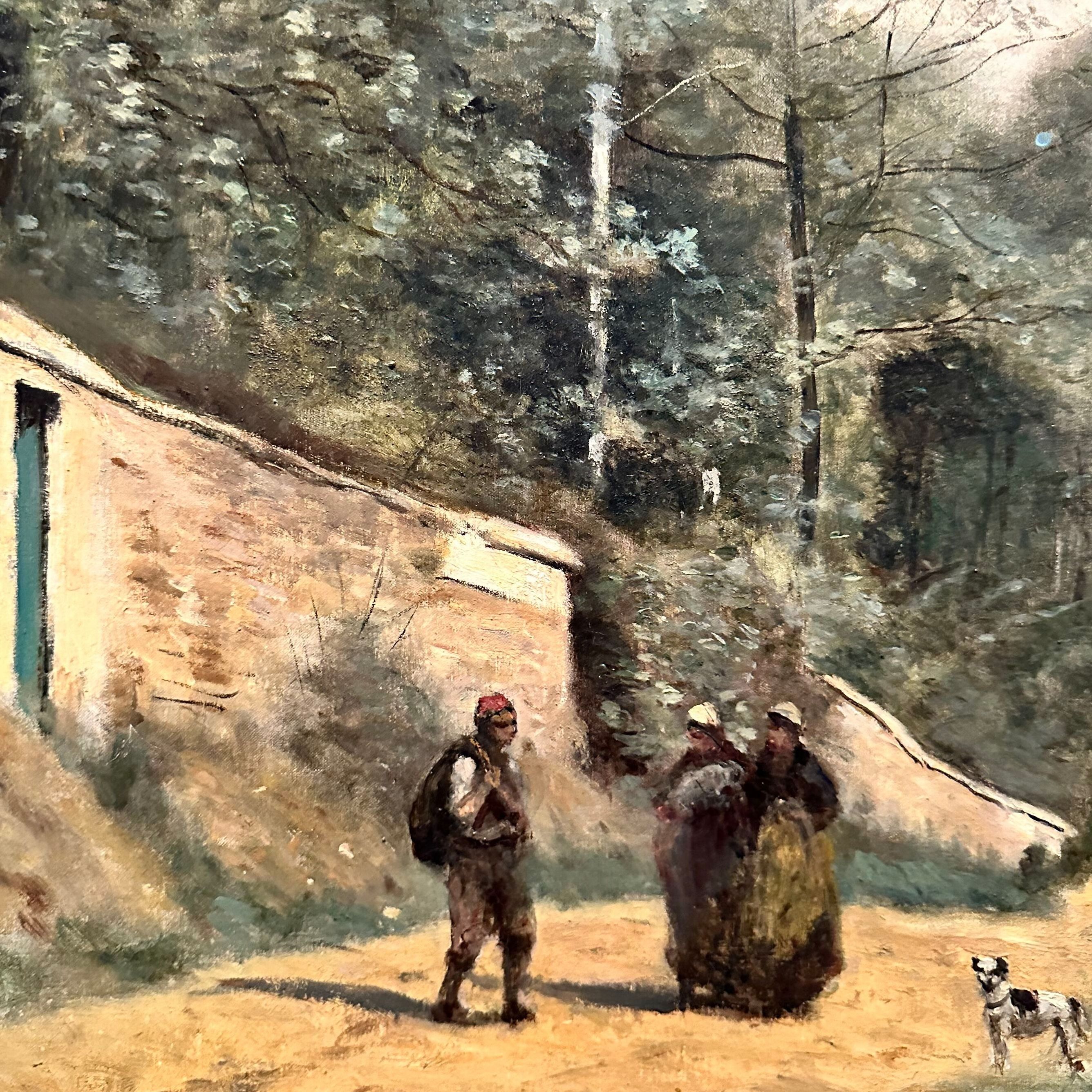
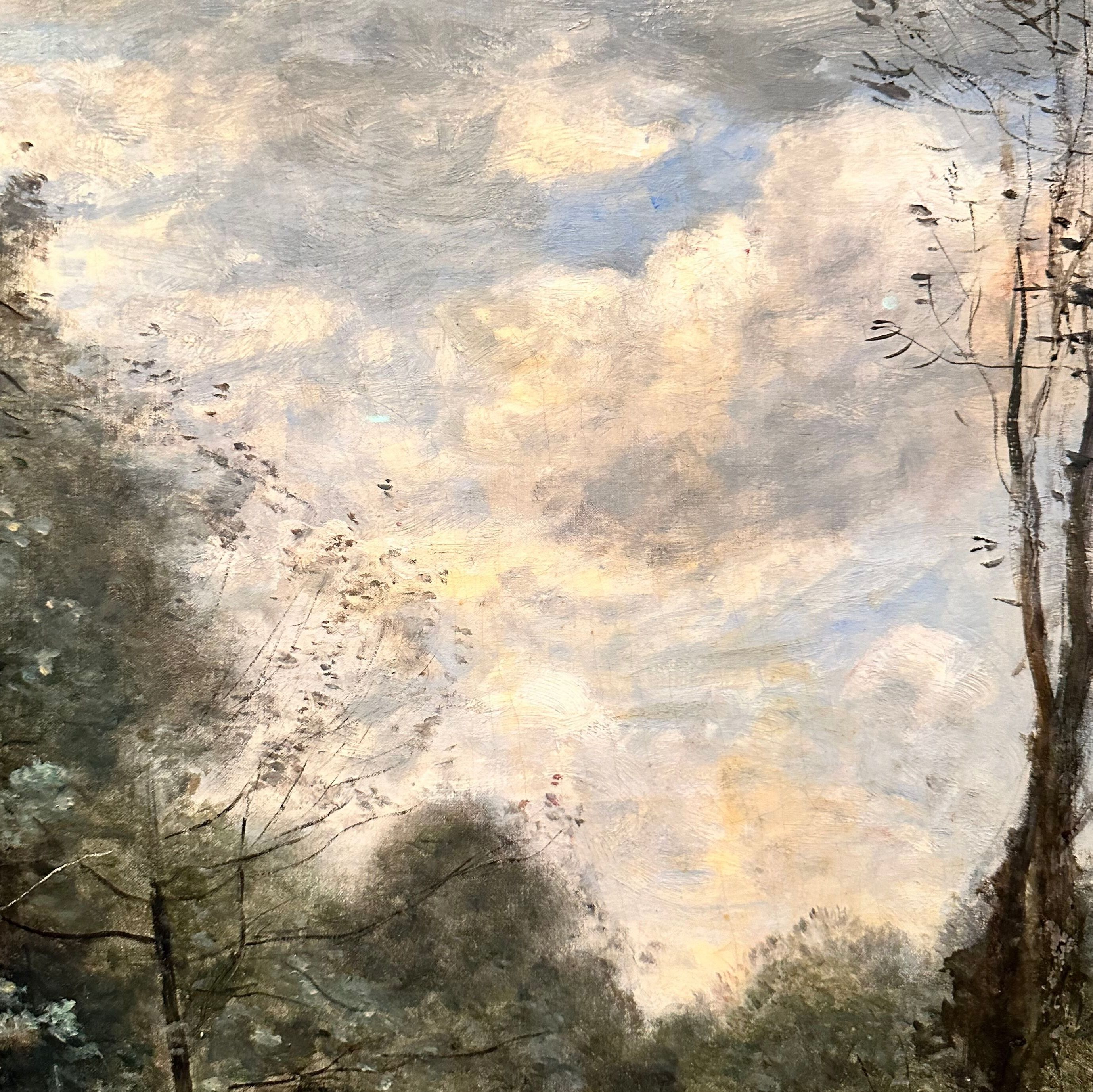
Focus on Le coup de vent, JBC Corot, Musée de Reims
In this work by Jean-Baptiste Camille Corot, everything seems to vibrate under the powerful breath of the wind. The leaning, almost bending tree captures our gaze with its imposing strength, but also with its suppleness.
The tension in this scene is palpable, almost dramatic, but never overdramatic.
The cloud-laden sky foreshadows a storm, but Corot doesn't turn it into a terrifying spectacle. He maintains a subtle balance between the agitation of the elements and the tranquility of the earth.
Muted tones, between gray and brown, dominate this composition. Here, Corot is not looking for the dazzling light of Mediterranean skies, but rather a soft, enveloping atmosphere.
The ground, both muddy and desert-like, almost merges with the sky, creating a visual continuity that accentuates the impression of immensity. You can feel the humidity in the air, a sensation of autumnal freshness mingling with the harshness of the elements.
The figure in the distance, almost insignificant in the face of nature, seems absorbed by the immensity of the landscape. Far from being a mere supporting figure, this human silhouette is part of the story Corot is telling.
It is a reminder of man's smallness in the face of nature, a theme dear to the artist who, without ever sinking into the grandiose, succeeds in delicately evoking the power of the natural elements.
The tree, for its part, becomes almost a protagonist, with its tormented branches battered by the wind. It embodies resilience, the ability to stand firm in the face of external forces, a theme Corot subtly explores in all its simplicity.
It's not so much a tree as a symbol of nature's silent, ongoing struggle.
Here, Corot offers us both a realistic and poetic vision of a landscape subject to the whims of the wind. Nature, raw and un-idealized, takes its rightful place in this composition.
Far from bright skies or shimmering lights, the artist opts for a dark, almost melancholy palette, but one imbued with deep serenity.
Gigapixel, Corot, Wheat field in Morvan
The birth of the Barbizon school
Corot's painting, with its vibrant, living nature, is directly in line with the movement that gave rise to the Barbizon School.
This group of painters, of whom Corot was one of the pioneers, sought to capture nature in its rawest state, far removed from the idealized or heroic representations of landscape offered by academic painting.
Here, in this work, we can already see the beginnings of this approach: attention to simple details, to the wind-blown tree, to the diffused light of a cloud-laden sky. There is no quest for the spectacular, but rather a desire to do justice to the ordinary beauty of everyday landscapes.
In the 1830s, Barbizon, a small village nestled on the edge of the Fontainebleau forest, became a gathering place for artists eager to paint en plein air, directly confronted with nature. Corot, with his sensitive and intimate approach to landscape, was a source of inspiration for many of these painters.
He didn't just observe nature, he lived it, feeling its breath, its quiet strength, its changing character. In this work, we sense his quest for sincerity, his desire to show nature as it is, in all its silent splendor.
The Barbizon School was born of precisely this philosophy: paint without artifice, capture the moment, the atmosphere, the changing light.
Corot, through his travels in the forest of Fontainebleau and his love of rural landscapes, played a major role in this pictorial revolution.
He paved the way for a new way of looking at the natural world, one that was closer, more authentic, and deeply respectful of the environment around it.
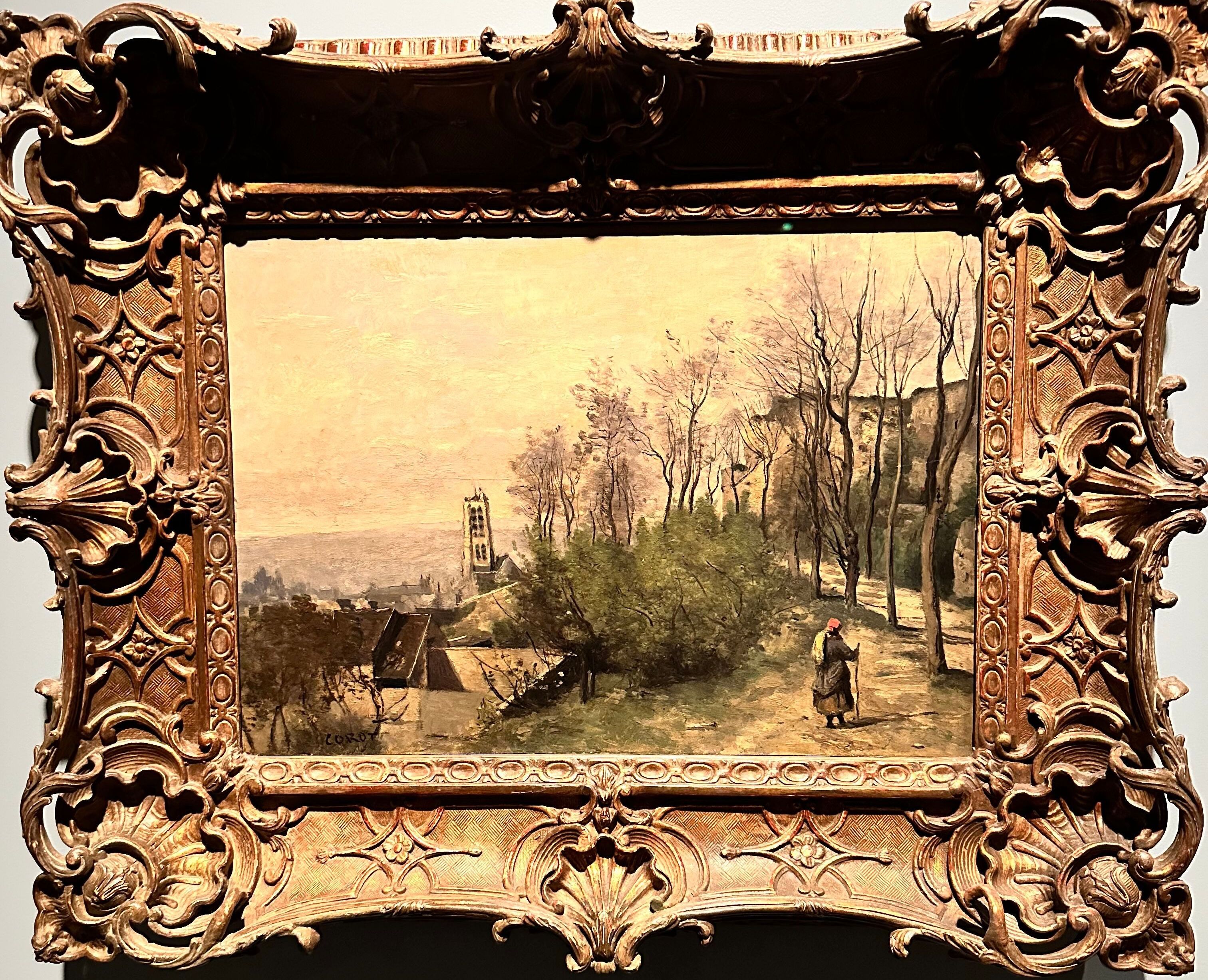
His signature
Not all Jean-Baptiste Camille Corot's works are signed.
Although there are variations, here's a first example of his signature:
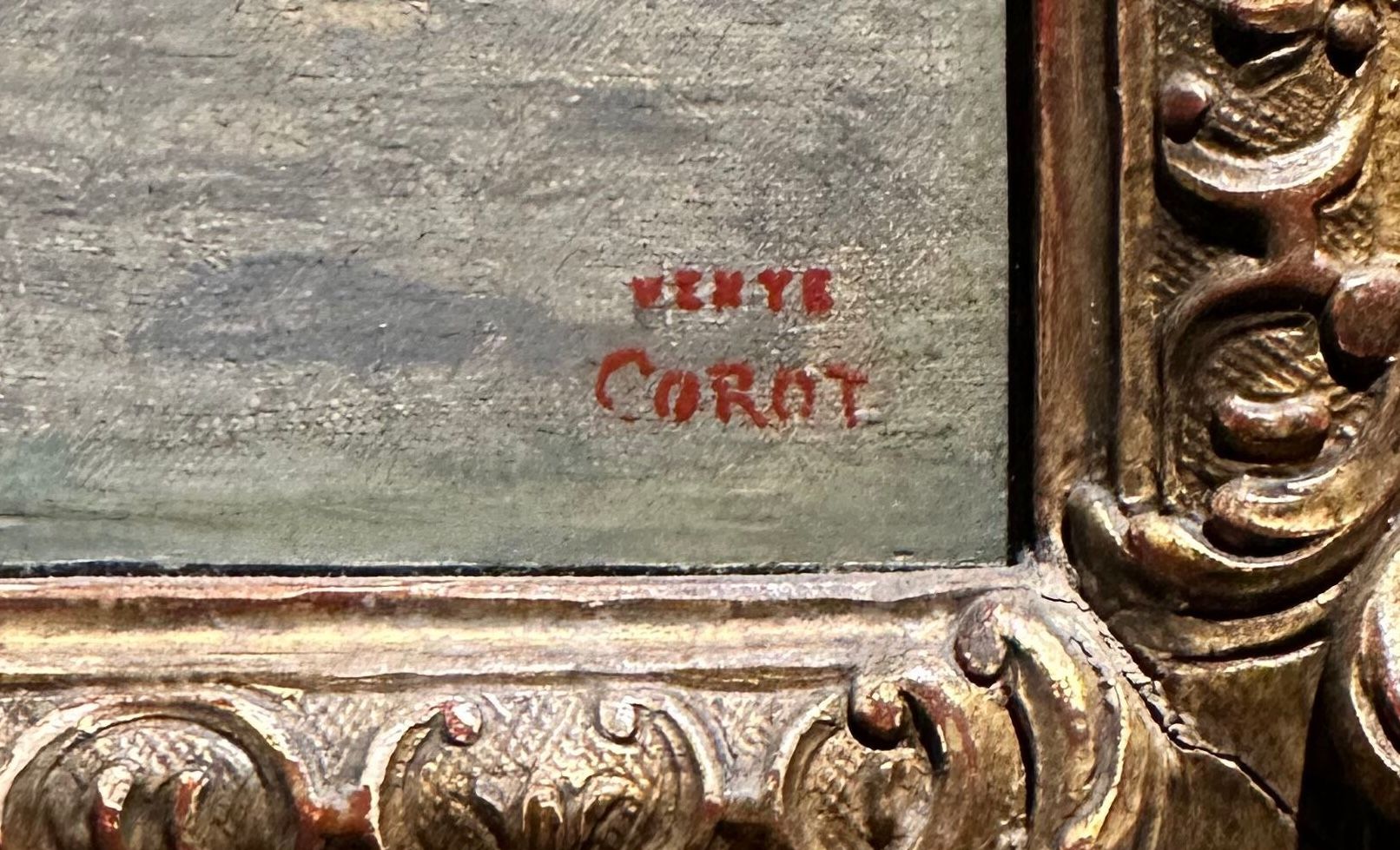
Appraising your property
If you own a work by Jean-Baptiste Camille Corot, don't hesitate to request a free appraisal by filling in our online form.
A member of our team of experts and certified auctioneers will contact you to provide an estimate of the market value of your Corot work.
If you are considering selling your work, our specialists will also guide you through the various alternatives available to obtain the best possible price, taking into account market trends and the specific features of each work.
Response in less than 24h
Related topics
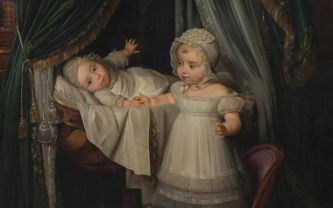
Rating and value of works, drawings, paintings by Louis Hers...
Louis Hersent was a 19th-century neoclassical history painter. He produced drawings and canvases quoted on the auction market.
Read more >
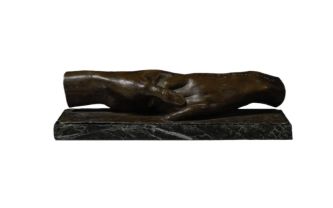
Rating and value of works, paintings, sculptures by Sarah B...
Sarah Bernhart was an actress, but she also produced sculptures and paintings listed on the auction market. Estimate in 24h
Read more >
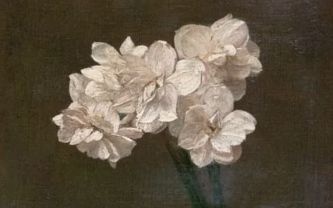
Rating and value of paintings, still lifes by Henri Théodor...
Fantin Latour is a realist painter who produced paintings and still lifes that are highly valued at auction.
Read more >
Secure site, anonymity preserved
State-approved auctioneer and expert
Free, certified estimates
